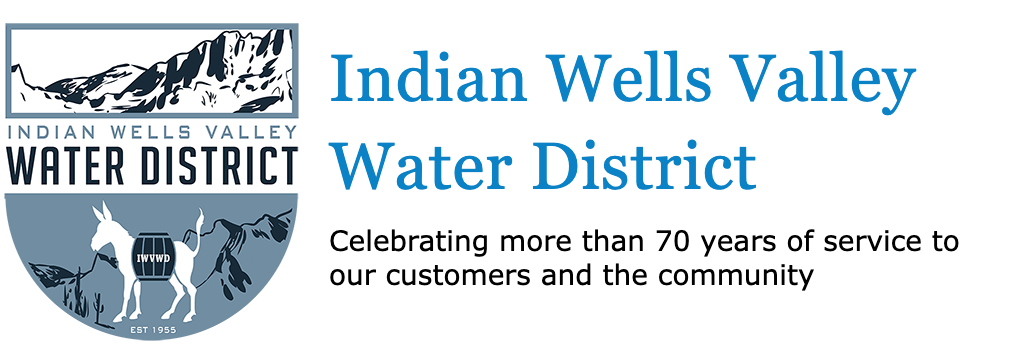Jun 9, 2022 | It’s Time to Get Serious
By Don Zdeba
On March 28th, Governor Newsom signed Executive Order N-7-22 in response to a third consecutive year of drought conditions. The Executive Order directed the State Water Resources Control Board (“SWRCB”) to consider enacting emergency regulations to address anticipated extended water supply shortages no later than May 25th. The SWRCB delivered those regulations on May 24th.
Three specific elements of the regulations include requiring urban water suppliers to implement, at a minimum, all demand reduction actions identified in Level 2 (a supply shortage of up to 20%) of their locally adopted Water Shortage Contingency Plans, urban water suppliers to submit a preliminary water supply and demand assessment to the Department of Water Resources by June 1, 2022, and prohibit the irrigation of “non-functional turf” with potable water in the commercial, industrial, and institutional sector. The ban on irrigation includes non-residential grass areas that are considered ornamental and not otherwise used for recreation or other community purposes. The prohibition on irrigation of non-functional turf does not apply to residential customers, turf irrigated with recycled water or irrigation of trees and other perennial plantings. The prohibition does apply to homeowner associations’ common areas. Water suppliers are authorized to fine customers not in compliance. Indian Wells Valley Water District (“District”) will be communicating and enforcing the prohibiting of irrigating non-essential turf to our commercial and institutional customers.
The District’s Water Shortage Contingency Plan may be found on our website using the link https://www.iwvwd.com/wp-content/uploads/2021/09/Appendix-F-WSCP-Final-08-23-2021.pdf
If we haven’t gotten the message yet, all one needs to do is look at recent photographs of Lake Mead (Hoover Dam) and Lake Powell (Glen Canyon Dam) or look at California reservoir levels posted here, https://cdec.water.ca.gov/resapp/RescondMain. Both lakes are at historic lows not seen since they were being filled. Water from Lake Powell is being held back from normal flow to Lake Mead in order to continue to be able to generate hydroelectric power. About 5 million customers in seven states — Arizona, Colorado, Nebraska, Nevada, New Mexico, Utah and Wyoming — buy power generated at Glen Canyon Dam. There can be no doubt the Southwest is facing a daunting challenge, one that will necessitate difficult decisions to be made and multiple wet years to even approach “normalcy”.
Locally, we are not completely immune from the effects of climate change. Though we are not dependent on reservoirs or surface water supplies which are subject to annual variability, it is a fact that local groundwater levels have been in decline for decades. This is not a sustainable condition. Southern Californians and we in the Indian Wells Valley must come to the realization that we live in a desert. Lush, green lawns are not native. It is estimated maintaining a lawn requires about 55 gallons per square-foot each year. When you add the water lost to evaporation during irrigation, the requirement is closer to 75 or 80 gallons per square foot. For an 800 square-foot area of turf, that equates to 64,000 gallons per year. While discouraging planting and maintaining turf, it is important to provide sufficient water to maintain trees, especially in the desert. Information to assist in maintaining trees during drought conditions is available on our website at https://www.iwvwd.com/conservation/how-to-help-trees-survive-the-drought/ If you wish to consider replacing turf with landscape suitable for the High Desert, there are many resources available on the District’s website including an extensive database of native plants that can be found here: http://www.watersmartplants.com/iw
Finally, I continue to encourage everyone to stay informed with updates on the Comprehensive Adjudication as well as the Facilitation Services being offered by the Department of Water Resources. Information can be found using the “Basin Adjudication” and “DWR Facilitation” tabs on the home page of the District’s website, www.iwvwd.com. Information about water issues at local, regional and statewide levels can be found on our Facebook page (IWV Water District). Please follow us on Facebook and on Twitter (@IWVWaterDist). Thank you for your actions that have resulted in a 32.1% reduction in District pumping since 2007. Together we can meet the challenges we face. We can do this!
